This Simple Form Fix Can Help You Avoid Lower Back Pain When You Deadlift
"Hearst Magazines and Yahoo may earn commission or revenue on some items through these links."
Deadlifts are an amazing, full-body exercise that really strengthens the posterior chain (and makes those glutes pop!). But one big mistake many exercisers make with deadlifts is using the lower back to lift the weight, which can lead to pain and injury. If you experience lower back pain after deadlifts, this story is for you.
The movement incorporates a hinge at the waist with a bend in your knees, according to Lauren Wentz, PT, DPT, CSCS. The major muscle players, she notes, are your glutes, hamstrings, quads, and abdominals (particularly if you’re lifting heavy loads and need them even more for stabilization). Read: You shouldn’t be relying on your lower back to lift that weight.
That said, it’s an easy mistake to make. There are plenty of situations in which you might wind up using your lower back to pick the weight up, like if you’re going too fast, you're lifting too heavy, your legs have fatigued, or you’re just not recruiting the right muscles, Wentz says.
Meet the experts: Lauren Wentz, PT, DPT, CSCS, is a physical therapist, RRCA- and USATF-certified running coach, and certified strength and conditioning coach based in Pittsburgh.
Here, Wentz answers all your Qs about experiencing lower back pain after deadlifting—from what different types of aches indicate to treatments you can self-administer (and, of course, when you should see a doctor!).
Why is my back sore after a deadlift?
You may be experiencing DOMS (delayed onset muscle soreness). For the uninitiated, here’s what that means: When you exercise, you create micro tears in your muscles, Wentz explains. As your body heals, you can get sore. The timing of DOMS can vary from person to person, she adds, noting that while some people experience it the next day, she tends to notice it two days later.
DOMS feels like all-over muscle ache (think: soreness and stiffness) rather than localized pain, Wentz says, adding that it’s not felt in the joints. It also doesn’t feel “grabby,” like your back is tensing up super-fast, Wentz notes. Ultimately, “if you stretch a little bit, get yourself moving, it should relieve itself,” she says.
Post-deadlift, any DOMS you experience should be in your hamstrings, quads, and glutes—not your back, according to Wentz. If you do feel that soreness in your lower back, she explains, it’s probably resulting from a form error like rounding or extending (rather than keeping it flat) and not engaging your core, which causes your back muscles to fire like crazy. (Don’t fret—you’ll find form tips ahead!)
FuelCore Nergize V1 Sneaker
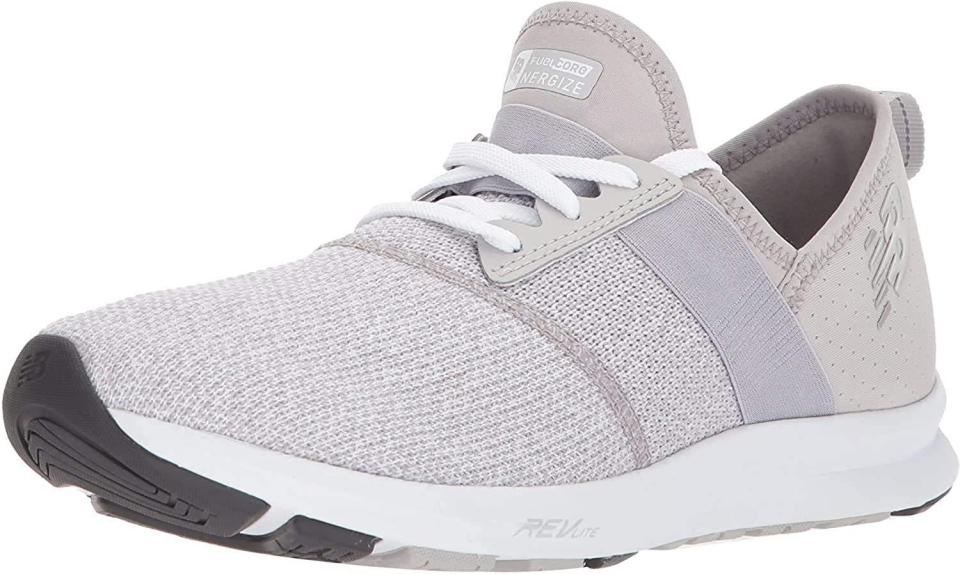
FuelCore Nergize V1 Sneaker
$46.64
amazon.com
Grand Court 2.0 Sneaker
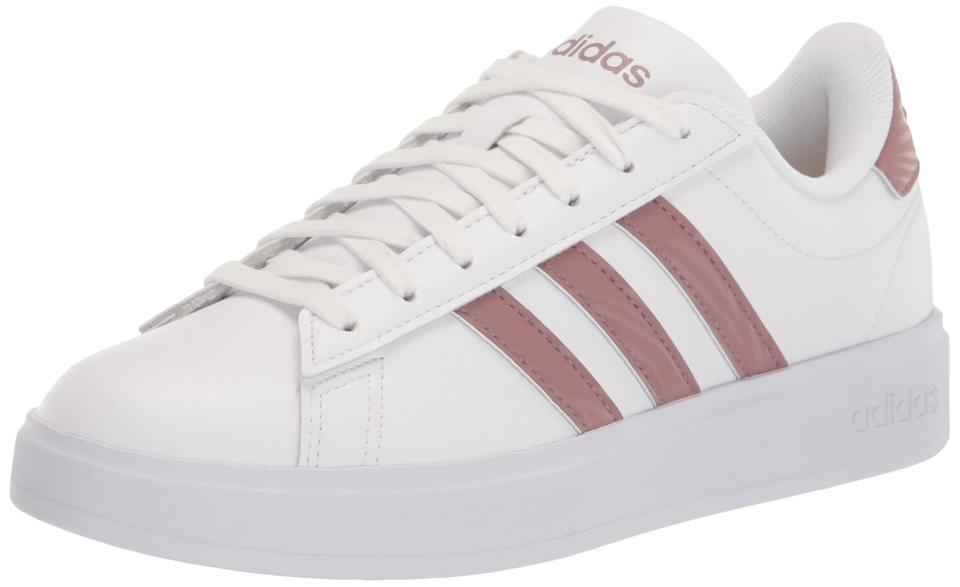
Grand Court 2.0 Sneaker
amazon.com
Charged Assert 9
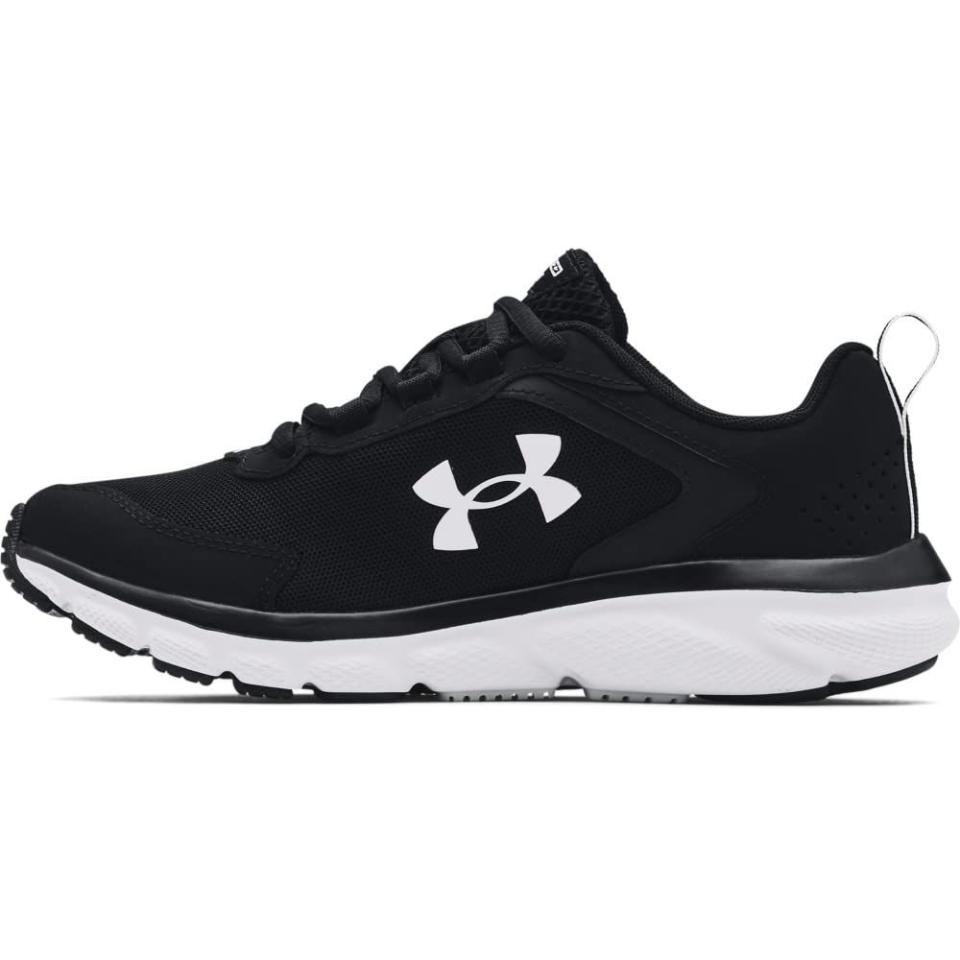
Charged Assert 9
$52.71
amazon.com
V3 Sneaker
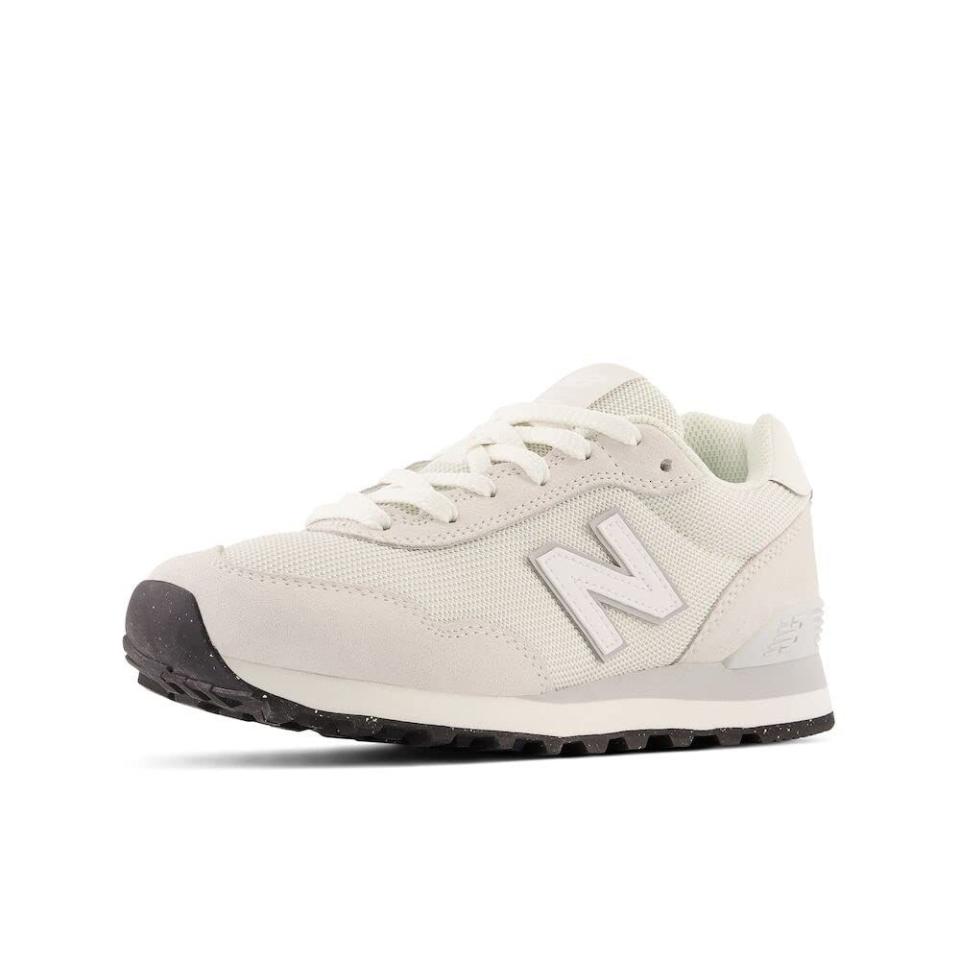
V3 Sneaker
$110.58
amazon.com
Carina Sneaker
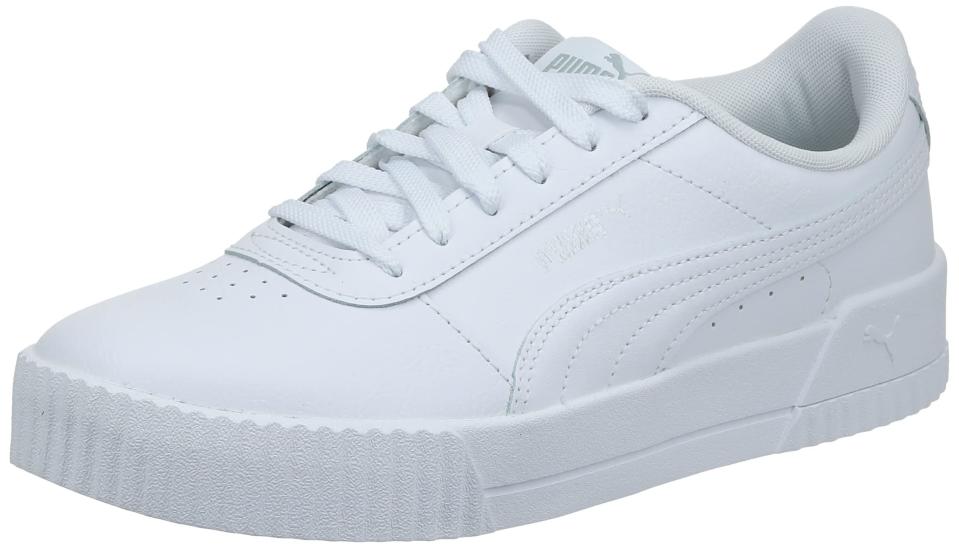
Carina Sneaker
$69.95
amazon.com
Classic Harman Run Sneaker

Classic Harman Run Sneaker
$49.99
amazon.com
If you feel joint pain or sharp lower back pain after deadlifts, it’s more likely due to injury, per Wentz. Disc bulges and muscle strains are commonly associated with deadlifts, she says, adding that the former will usually send symptoms down the leg (think: pain, numbness, tingling), whereas the latter feels more like overall low back pain characterized by tension and tightening sensations.
Know this, too: Sometimes injuries are felt in the moment, Wentz says, but not always. “When you’re working out, your muscles have more blood flow coming to the area, so they’re more relaxed, they’re more loose, they’re more flexible,” she explains.
When everything starts to tighten up later in the day, you might take note of an injured area. Or, you might notice it the next morning after eight hours of sleeping in a sustained position, she adds. The takeaway here: Don’t assume you aren’t injured just because your pain showed up later instead of during your deadlift.
How To Warm Up For A Deadlift To Avoid Lower Back Pain
To prep your body for a deadlift, Wentz recommends activating your glutes and hamstrings, since your goal is to use your glutes, quads, and hamstrings for the movement (you don’t really need to wake up your quads, she explains, because people tend to be pretty quad-dominant).
“Simple glute activations can be banded sidestepping, banded monster walks, even some banded squats,” she says. To prep your hamstrings, she recommends good mornings, adding that some people even like to do a few Romanian deadlifts with very light weight.
As for how many exercises to do and how long to do them, there’s no one-size-fits-all answer. “Everyone’s body is so different with how quickly it activates,” Wentz notes.
When you get into the deadlift, make sure to add weight slowly and check in with your body to make sure your glutes, hamstrings, and quads are working (rather than using your back to pull the weight up).
If you’re ever tempted to skip your warm-up, remember this: You won’t have the correct muscles activated—and you might end up using your lower back for the movement. “It might not be until your 10th [or] 15th rep that the glutes finally kick in,” Wentz says. But at that point, you’ve already done a bunch of reps with your lower back.
How To Do A Dumbbell Deadlift With Proper Form
Start with feet hip- to shoulder-width distance apart, a dumbbell in each hand in front of thighs, palms facing thighs. (Tip: If you feel discomfort or pain when lifting the dumbbells off the floor to get into starting position, place dumbbells on a raised surface during the set-up in order to keep correct shoulder and hip alignment as you grab them.)
Push hips back into a hinge to lower the dumbbells toward the ground. Once the DBs have cleared your knees, check that your back is still flat and spine and neck are long, not hunching forward and rounding.
Stop when the DBs reach your shins, or as far as you can without rounding your spine and shoulders forward. Your shoulders should be pulled down and back, locking in the lats, at the bottom of the lift.
Pause, then drive through your heels to stand back up. The dumbbells stay close to your shins as you reverse the movement. Keep your back braced and abdominals engaged like a block of cement. Your hips and shoulders rise together.
Pause at the top. That's 1 rep.
How To Deadlift With A Barbell
The hinge motion is the same, but the set-up is different.
Rest the barbell and weight plates on the ground. The bar should be at mid-shin, with your hands placed on the bar right outside the shins, for your starting position.
Shoulders should be higher than hips, and hips should be higher than knees.
Your torso angle will vary depending on your height, but generally you want to hinge so that your lower body and torso create an angle somewhere between 15 to 45 degrees.
Back and neck are in a neutral position.
Keep shoulders down and back, locking in the lats.
Drive your heels into the ground to initiate the lift. The bar stays close to your body as you lift it from ground.
Drag the bar along your shins, keeping your back braced and abdominals engaged like a block of cement. Your hips and shoulders rise together. The knees go back (or extend) to allow clearance of the bar and your chest lifts.
Pull the bar up your quads to a standing position. Do not hyperextend at the back.
Retrace the same path on the way down. That's 1 rep.
Trainer tip: If you’re lifting heavy loads, you might consider wearing a lifting belt to help protect your lower back, particularly if you’re lacking abdominal strength, Wentz says.
How To Relieve Lower Back Pain After A Deadlift
If you’re experiencing DOMS and you’re not in so much pain that you can’t function normally, go for a walk to loosen up your muscles and get blood flowing to the area, Wentz recommends. (Also, hydrate!)
You can stretch too, she notes, but do so carefully; it can be tough to know exactly how to stretch your back when you’re sore, and doing the wrong stretches can cause you to flare up more. Listen to your body: If a child’s pose feels good, go for it! If not, try another stretch.
As for meds, it's generally OK to turn to anti-inflammatories like ibuprofen, Wentz says (unless your doctor has instructed you to avoid certain over-the-counter pain relievers for any reason).
You might also wonder about using ice versus heat. The good news? You can’t really hurt yourself with either, says Wentz, so go with what feels good on your muscles. The benefit of ice is that it helps with inflammation, while heat helps your muscles relax.
If you think you’ve strained a muscle and are tolerating it, try anti-inflammatories as well as neutral spine exercises like pelvic tilts and marching with your legs while lying on your back, eventually building up to dead bugs and planks, Wentz suggests.
When is it safe to return to deadlifting after soreness or pain?
If you’re dealing with DOMS after a goof-up you know you made, like lifting too fast or too heavy, you can return to deadlifting once the soreness clears up, Wentz advises.
But if your pain lingers for a few days and it seems more intense than your typical workout soreness, call your doc. Other times you need to see your doctor: if your pain is bad enough that you aren’t tolerating your daily activities (for example, you’re trying to sit to go to the bathroom and have to stand immediately due to the pain), if you’re feeling shooting pain/numbness/tingling in your legs, or if you’re experiencing sharp pain.
It’s also worth working with a health care professional to figure out a personalized recovery and safety plan if you’re experiencing single-sided pain related to deadlifts (or any other physical activity). Why? The root cause might be fairly complex—for instance, your glute may not be activating well on that side and causing you to pull more with your lower back. And it’s important to address your pain as well as why it’s cropping up, according to Wentz.
Then there are a few (rare!) red flags that constitute a trip to the emergency room, namely incontinence, the inability to walk/buckling knees, or numbness, pain, or tingling in the saddle area (your groin), Wentz says.
You Might Also Like

